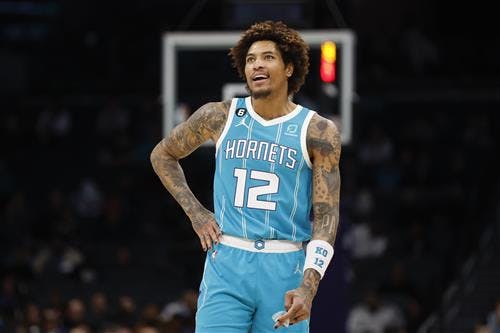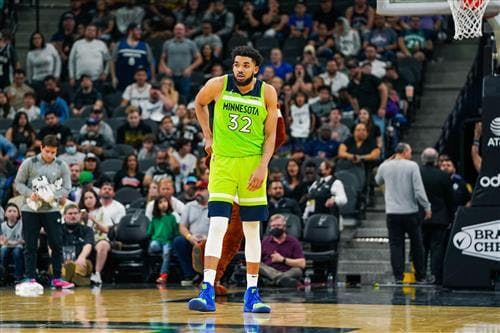After Texas’ spring game on Saturday, Quinn Ewers, the former No. 1 overall player in the 2021 recruiting class, showed some vulnerability for a brief moment.
“I wasn’t where I wanted to be last year,” he said. “I feel like I let most of the fans down. I don’t want to be in that same situation this year.”
The pressure on Ewers’ shoulders to save Texas football isn’t his doing. He wasn’t responsible for the five-star status or the 1.000 rating, an unfair distinction that leads fans to believe he was the perfect prospect. Maybe that was a small reason he initially opted to go sign with Ohio State out of high school, a place that didn’t need to be rescued. But Ewers is well aware that once he decided to transfer back home that he would be facing the burden of bringing … Texas back.
That’s not fair. It’s also not going to happen just because Ewers is a good quarterback. It’s not going to happen if Ewers turns into Joe Montana. It’s also not going to happen just because Arch Manning, the No. 1 overall player in the 2023 recruiting class, is waiting in the wings in the event Ewers struggles. The Texas program — the one that has repeatedly underachieved despite having an immense amount of talent — has bigger issues to solve.
Texas has a major developmental problem. We already kind of knew that, but the raw data backing that up is staggering.
In a story published by The Athletic this week, David Ubben, Mitch Light and I crunched the numbers to determine which programs are the best and worst at developing three-, four- and five-star prospects into NFL Draft picks. There were certain data points that jumped out, and one was how awful Texas has been at taking talented players and getting the most out of them. Or, in many cases, anything.
Our data set included the recruiting classes between 2009 and 2019 and the drafts between 2012 and 2022. Texas ranked last (among qualifying programs) at converting five-star prospects into pros — only four of its five-star 17 signees were drafted, for a 23.5 percent clip. Texas was also at the bottom in developing four-star prospects into NFL players, with only 17 of 146 signees getting drafted (11.6 percent).










